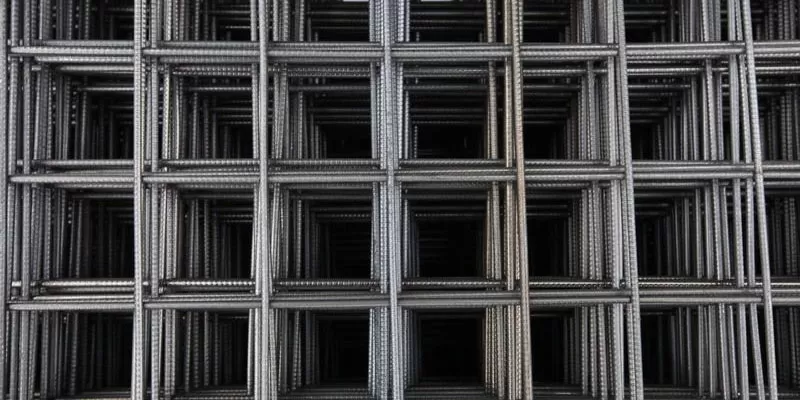
Compare fittings A400 and A500
Steel reinforcement is used in the construction of reinforced concrete structures and is distinguished by a wide variety of types and shapes. Our experts in the field of construction and repair have made a comparative analysis, allowing you to understand how different types of this building material differ from each other.
The fittings produced by modern metallurgical enterprises are divided into types and classes according to the following main features: strength, indicated by letter and number marking, method of production and type of steel, diameter and nature of the profile. We will consider in detail, for example, how the rods of class A400 differ from A500, A3 from A500C or A500 from A500C — the most common types used in the construction of many structures.

Division into classes
Metallurgical enterprises produce products that can be labeled simultaneously according to the old state standard, adopted back in Soviet times, and according to new technical conditions that are close to European standards. In accordance with the old GOST, reinforcing bars are marked as follows: A1, A2, A3, A4, A5 and A6, and according to the new standard: A240, A300, A400, A500, A600, A800, A1000. The letter «A» in the marking means that the products are precisely steel rods, in contrast to the wire marked with the letters «B» and «Bp».
In addition, when marking according to the new standard, additional letter indices are used: C — which means — weldable products, T — thermally hardened during manufacture, K — having an anti-corrosion coating. Therefore, for example, the difference between A500C and A500 is that products under the brand name A500C can be connected into nets and frames using electric arc welding, and products under the brand name A500 can only be connected with a knitting wire.
The main characteristic of products in the classification is mechanical strength, that is, the ability of the reinforcement to withstand a certain maximum tensile stress, measured in MPa or N / mm2 and called the yield strength of steel. For example, for steel bars of class A1 and their corresponding products of class A240, the yield strength is 235 n/mm2, for reinforcement A2 and the corresponding reinforcement A300 — 295 n/mm2, etc. The difference between A400 reinforcement and A500 is that products under the brand name A400 have a yield strength of 390 n / mm2, while for A500 this figure is 490 n / mm2.
Production methods and types of steel used
Reinforcing bars are made in metallurgical production using hot rolling technology. In the manufacturing process, strength can be further enhanced using thermomechanical methods. Carbon and low-alloy steels of certain grades are used as raw materials.
For example, in the production of class A3 (A400), steel 35GS and 25G2S is used, and for the production of A500S, steel grades St3SP, St3PS are used, which are stronger, but at the same time more ductile, ensuring high reliability of welded joints.
Classification by the nature of the profile
By the nature of the profile, the reinforcement can be smooth or embossed. A1 (A240) are produced with a smooth surface, products of other classes — with a relief surface. The section of corrugated products has two protrusions along the entire length of the rod and transverse ribs adjacent to them, which
promotes better adhesion to concrete. A500C and A400 have a corrugated surface. However, it is quite easy to distinguish the A500 from the A400 by appearance. The main feature of A500C products is transverse sickle-shaped protrusions that do not come into contact with two longitudinal protrusions. This shape of the transverse profile made it possible to reduce the stress concentration at the junctions of the ribs, where fractures usually occurred during accidents, and thereby increase the durability and reliability of reinforced concrete structures. A500 has a larger pitch of transverse ribs than A400 rods.
Table of comparative characteristics of A400 and A500.
|
|
|
|
|
|
35GS, 25G2S
|
St3SP, St3PS, St3GPS
|
|
|
GOST 5781-82
|
STO ASCHM 7-93
|
|
|
590
|
600
|
|
|
390
|
500
|
|
|
355
|
435
|
|
|
400
|
500
|
Добавить комментарий
Для отправки комментария вам необходимо авторизоваться.